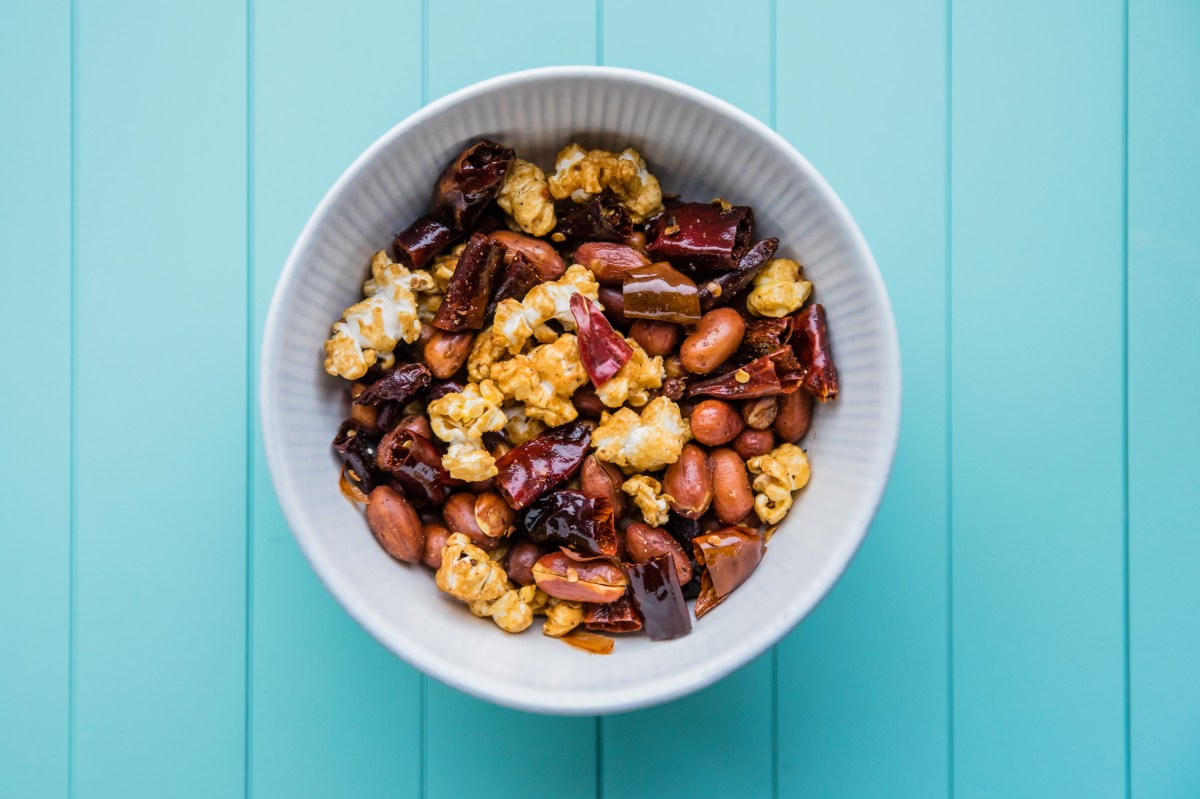A snack menu can open your venue to new customers and provide the opportunity to capitalise on a nation with a penchant for food at any time of the day. Paper Bird, The Dolphin and 10 William Street are three venues nailing the afternoon ritual.
According to research from Mintel, 31 per cent of Australians regularly consume snacks in place of a meal, signalling a demand for smaller food options. Afternoon snacking is also on the rise, teamed with shorter dining periods and the prevalence of casualisation.
A snacks menu offers customers a relaxed, no-frills experience at a venue. Here, The Dolphin’s Monty Koludrovic, 10 William Street’s Enrico Tomelleri and Paper Bird’s Ben Sears discuss their experiences with snack menus.
HIGH DEMAND
While some venues have always had small plates on offer, The Dolphin in Surry Hills introduced a series of weekly events revolving around drinks and snacks — or aperitivo, as they refer to it. Guest chefs including Ben Shewry and Analiese Gregory have cooked at the venue, producing menus with accompanying drinks that vary between $5 and $7. “When we set out with the program, we really wanted to get everyone together and we believed in the power of creating a gathering place,” says Koludrovic. “The people we invite want to showcase what they do; it’s a forum.”
10 William Street doubles as a destination for food and wine, so snack options were a natural addition to their menu. “We always like to have some snacks on offer, especially because we are a wine bar and a restaurant,” says Tomelleri.
“A lot of customers come in for snacks and wine in the evening between five and seven.” Sears agrees, and has noticed diners who will only come in for a few drinks and small plates rather than order from the main menu.
“We definitely have people just eating from the snacks menu in the bar,” he says.
WHAT MAKES A GOOD SNACK?
The consensus of a quality snack revolves around morsels that are salty, fatty and can be enjoyed with a drink — but it’s equally important to offer dishes that reflect a venue’s overall food ethos.
“Ideally, snacks should be fun; whimsy is an ingredient we use a lot in our snack offerings,” says Sears. “I also like things that are eaten with your hands and have a messy, tactile quality.”
Paper Bird’s east-Asian influence is just as present on the snacks menu as it is on the main menu, with the offering spanning everything from seasoned popcorn to prawn toast. “The menbosha is a little finger sandwich of prawn toast and coleslaw, which Eun Hee [Paper Bird co-owner] picked up from Korean Chinese restaurants in Seoul and refined,” says Sears. “We also do Chongqing’s spicy chicken wings and olives fried in panko seasoned with sansho pepper.”
Tomelleri sticks to customer staples including a vegetarian or vegan option along with charcuterie and cheese dishes. “The pretzel with bottarga is always on the menu because it’s salty and goes well with wine,” he says. “We also do a chickpea pancake with prosciutto and try to play around with anchovies, which go well with wine and spritz.”
As for The Dolphin’s offering, it changes every week depending on the guest chef’s concept. “Mostly, they do their own thing,” says Koludrovic. “Ultimately, the chef determines what we serve.”
ATTRACTING NEW CUSTOMERS
Not all diners want to invest in a three-course meal, so a snacks menu available at the bar or in the restaurant is a good way to cater to a diverse range of consumers.
The Dolphin has tapped into a new market that has embraced the aperitivo concept with vigour. So much so, a couple referred to as The Venezuelans held their own evening in February after they attended all 30 events last year, proving the value of repeat customers. “Once you come to one, it’s hard to stop,” says Koludrovic.
Paper Bird has also witnessed snack-savvy consumers who utilise the venue for its proximity to entertainment venues and other restaurants. “Some people just want to have a drink and a light snack,” says Sears. “It might be before they dine elsewhere for their main meal or before/after the theatre.”
FINANCIAL PERKS
Due to the low price point of snacks, there aren’t many dollars to be made. However, a snacks menu can help minimise food waste and people are more likely to indulge in another cocktail or a glass of wine if they’re enjoying food, too.
“Snacks on their own are not necessarily profitable, and the price and amount someone consumes is low,” says Sears. “But when it is combined with a drink or two, then it becomes profitable.”
Koludrovic doesn’t apply food-cost formulas to dishes on the aperitivo menu, and instead chooses to focus on the bigger picture: fostering engagement between chefs, producers and consumers. “To be able to have a business around the wine room that allows us to do this is beneficial to the venue,” he says. “But it’s not a win financially — that’s why we don’t pay the chefs to come.”
Tomelleri gets creative with his snacks offering, and uses off-cuts from the main menu that would otherwise end up in the bin. The bonito crudo is made using fish heads from larger dishes, ensuring minimal waste.
“If you’re smart, you use off-cuts or other products from the main menu,” he says. “Margin-wise, it’s important for a restaurant.”
From catering to after-work consumers or providing options to those who stray away from conventional meals, snacks are a tiny but mighty addition to a menu.
Image credit: Nikki To
This article originally appeared in Hospitality‘s April issue. Subscribe here.

